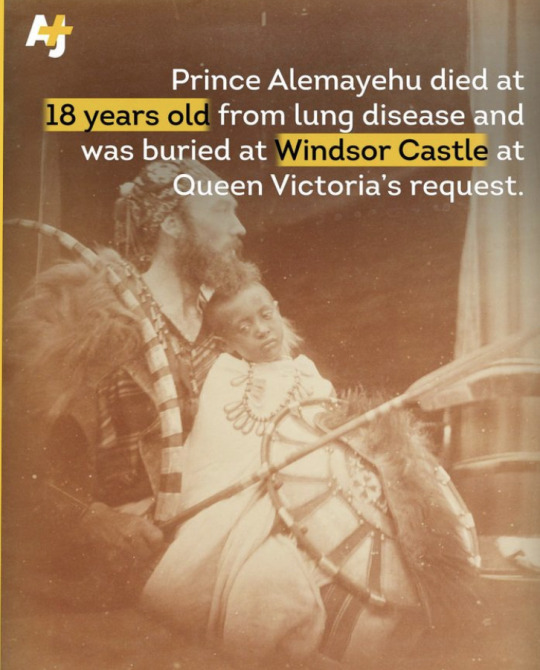#Ethiopian History
Text
Time Travel Question 40: Medievalish and Earlier 7
These Questions are the result of suggestions from the previous iteration.
This category may include suggestions made too late to fall into the correct earlier time grouping, hence the occasional random item waaay out of it's time period.
In some cases a culture lasted a really long time and I grouped them by whether it was likely the later or earlier grouping made the most sense with the information I had. (Invention ofs tend to fall in an earlier grouping if it's still open. Ones that imply height of or just before something tend to get grouped later, but not always. Sometimes I'll split two different things from the same culture into different polls because they involve separate research goals or the like).
Please add new suggestions below if you have them for future consideration. All cultures and time periods welcome.
#Time Travel#Cathars#Middle Ages#Catholic History#Dominicans#Lalibela#Ethiopian History#Kyiv#Ukrainian History#Suzhou#Chinese History#The Sena Dynasty#Bengal#Indian History#Vlad Țepeș#Makapansgat Pebble#Homins#Ramban#Nachmanides#Jewish History#Genghis Khan#Mongolian Empire
119 notes
·
View notes
Text

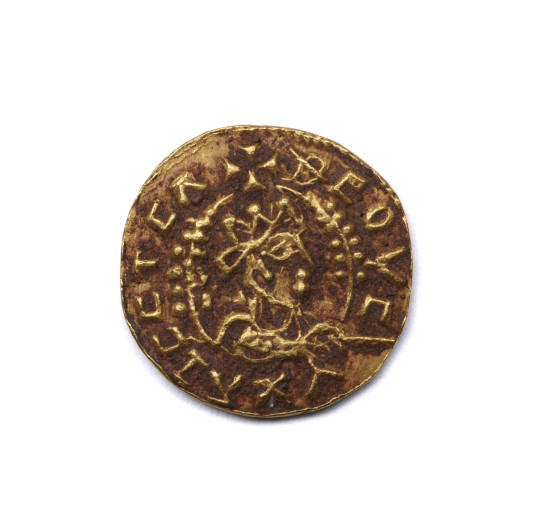
Gold coin, Kingdom of Axum (Ethiopia), 2nd-7th century
from The Walters Art Musuem
240 notes
·
View notes
Photo
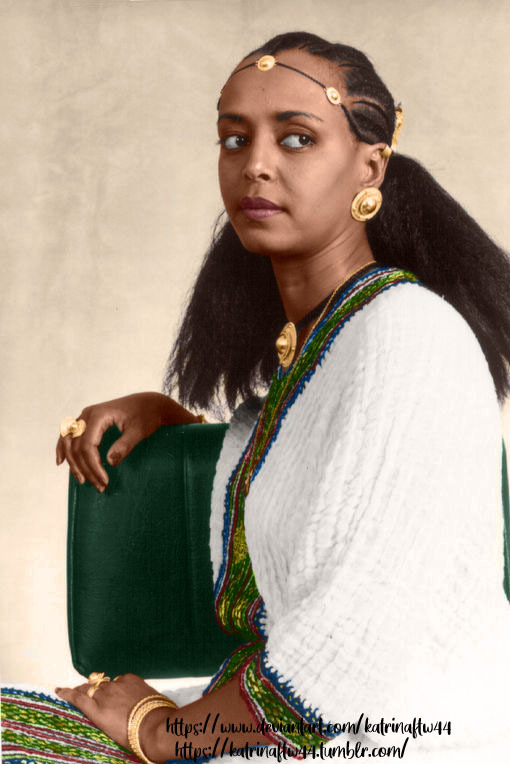

This is a colourization I did of an Ethiopian woman possibly of the Tigray ethnic group. I can’t find any info on the original b+w which I got on Pinterest.
102 notes
·
View notes
Text
Country flags now vs then Part 3
What countries do u want to see next? Tell me in the reply section or in the messages
#history#country flags#flags#geography#greece#mongolia#kazakhstan#ethiopia#mongol empire#kazakh history#mongol history#greek history#ethiopian history#my edit
2 notes
·
View notes
Text

Princess Hirut Desta (also Princess Ruth Desta) was the daughter of Ras Desta Damtew and Princess Tenagnework Haile Selassie, and granddaughter of Emperor Haile Selassie of Ethiopia. She was the widow of General Nega Tegegn, who was governor of the provinces of Begemder and Semien. She was described by Nathaniel T. Kenney as a "trim, most democratic of princesses," who "was not above grabbing a tool from a workman, I suspect, and showing him how to use it."
She was imprisoned by the Derg from 1974 until 1988. Princess Hirut Desta died in London aged 84 in 2014, and her funeral was conducted at the Holy Trinity Cathedral in Addis Ababa.
#Hirut Desta#Ruth Desta#House of Solomon#women in history#african history#ethiopian history#xx century#XXI century#people#portrait#photo#photography#black and white
8 notes
·
View notes
Text
Dejazmatch Alemayehu Tewodros, Prince Alemayehu/Alamayou of Ethiopia (23 April 1861 – 14 November 1879)
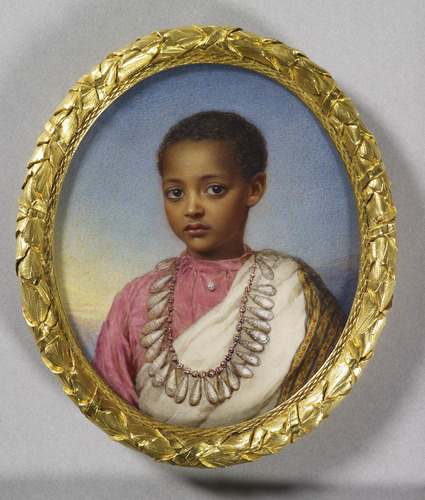
Reginald Easton (1807-93) 'Alamaiou, aged 7 years, son of Theodore, King of Abyssinia' Inscribed 1868
Dejazmatch Alemayehu Tewodros, often referred to as HIH Prince Alemayehu or Alamayou of Ethiopia (23 April 1861 – 14 November 1879) was the son of Emperor Tewodros II of Ethiopia. Emperor Tewodros II committed suicide after his defeat by the British, led by Sir Robert Napier, at the conclusion of the British Expedition to Abyssinia in 1868. Alemayehu's mother was Empress Tiruwork Wube.
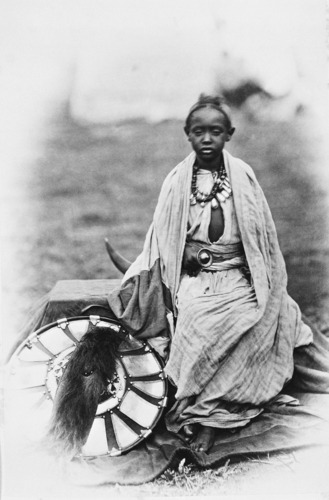
Prince Alamayou, son of King Theodore, from album 'Expedition to Abyssinia, 1867–68' April-May 1868
After the Battle of Magdala, the young prince was taken to Britain, under the care of Captain Tristram Speedy. This decision was apparently made in the fear that the Prince's life would be in jeopardy from an aspirant for the Empire of Abyssinia. Upon the arrival of the little Prince's party in Alexandria, Speedy dismissed the entire Ethiopian entourage of the Prince much to their distress and they returned to Ethiopia.
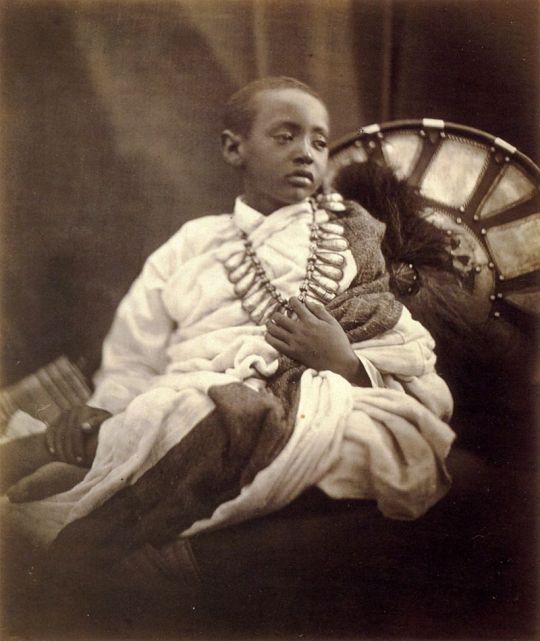
Prince Alemayehu, as photographed by Julia Margaret Cameron at the Isle of Wight in 1868.
While staying at Speedy's home on the Isle of Wight he was introduced to Queen Victoria at her home at Osborne House. She took a great interest in his life and education. He died at the age of 18 in 1879. Queen Victoria mentioned the death of the young prince in her diary, saying what a good and kind boy he had been and how sad it was that he should die so far from his family. She also mentioned how very unhappy the prince had been, and how conscious he was of people staring at him because of his colour.

Prince Alemayehu as a young man. Photograph by Edward Hall Speight of Rugby.
Queen Victoria arranged for Alamayehu to be buried at Windsor Castle. A brass plaque in the nave of St George's chapel commemorates him and bears the words "I was a stranger and ye took me in", but Alamayehu's body is buried in a brick vault outside the chapel. In 2007, the Ethiopian government requested the return of Alemayehu's remains for reburial in Ethiopia.
#alemayehu#ethiopian history#queen victoria#british colonialism#british empire#Victoria: May Blossom of Britannia#prince alemayehu
16 notes
·
View notes
Text

In a way these churches are artificial natural wonders, as all they did was delicately carve these buildings out of the earth!
⚒️🇪🇹⚒️
#history#ethiopia#lalibela#wonders of the world#church#african history#king lalibela#jerusalem#medieval period#black history#christianty#architecture#ethiopian history#royalty#world landmarks#medieval#art#holy site#new jerusalem#christian history#carved from stone#nickys facts
9 notes
·
View notes
Text

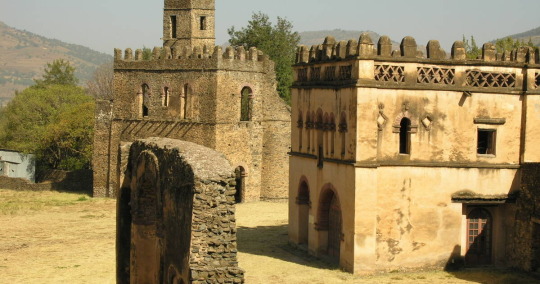


Fasil Ghebbi, a 17th century fortress in Gondar, Ethiopia, known as ‘The Camelot of Ethiopia” 🇪🇹
Photo credit: Ian Swithinbank, UNESCO, Ancient Origins, Brilliant Ethiopia
#fasil ghebbi#ethiopian architecture#architecture#ethiopian history#african architecture#african history#17th century
24 notes
·
View notes
Photo

Day 25: Taytu Betul!
Taytu Betul was born into an influential family in 19th century Ethiopia. Her grandfather was a provincial governor, but her father had been driven out of the province by his ambitious younger half-brother. Despite this, Taytu seems to have had a stable childhood; she was immensely well-educated, speaking multiple languages and becoming skilled in Senterej chess, music, and poetry.
Taytu was married several times, but her final marriage would be by far the longest-lasting and best known: to a rising political player and royal relative, Menelik of Shewa, soon to be Emperor Menelik II of Ethiopia. Taytu’s powerful relatives helped Menelik in his bid for the throne, and Taytu’s own diplomatic skills would soon prove indispensable.
The “Scramble for Africa” saw European colonial powers dividing the continent among their empires. Italy, hungry for control of Ethiopia, first invaded along the coast and then arranged to sign a peace treaty - in which the Italian and Amharic versions said markedly different things. Taytu was the first voice at court to denounce the treaty (she may have physically ripped it to shreds), and she accompanied her husband to his subsequent victory at the Battle of Adwa.
As Menelik’s health began to fail, Taytu took over more of his duties, but was eventually pushed out of power by opposing factions. After his death, she was banished from court - but she didn’t stay off the scene entirely. She may have aided the subsequent coup that put Empress Zauditu on the throne, and she remained quietly influential until her death in 1917.
#taytu betul#empress taytu#empress taitu#history#ethiopian history#black history#awesome ladies of history#october 2022#my art#pen and ink#colonialism
18 notes
·
View notes
Text
I just read The History of A Difficult Child by Mihret Sibhat (which is fascinating) and followed up on the author by reading an interview. She has a fascinating perspective and some very good points. Free to read!
#the history of a difficult child#mihret sibhat#Ethiopian historical fiction#historical fiction#Ethiopian history#not sure if that last tag is appropriate but yeah
0 notes
Text
Time Travel Question 47: Early Modernish and Earlier 2 (Reposted. First Version Had Issues
These Questions are the result of suggestions a the previous iteration.
This category may include suggestions made too late to fall into the correct earlier time grouping. Basically, I'd already moved on to human history, but I'd periodically get a pre-homin suggestion, hence the occasional random item waaay out of it's time period, rather than reopen the category.
In some cases a culture lasted a really long time and I grouped them by whether it was likely the later or earlier grouping made the most sense with the information I had. (Invention ofs tend to fall in an earlier grouping if it's still open. Ones that imply height of or just before something tend to get grouped later, but not always. Sometimes I'll split two different things from the same culture into different polls because they involve separate research goals or the like).
Please add new suggestions below if you have them for future consideration. All cultures and time periods welcome.
#Time Travel#Queer History#India#Anne Bonny#Mary Read#Jack Rackham#Beauty Dave#Golden Age of Piracy#Pirates#Wolfgang Amadeus Mozart#The Dancing Plague#Tarrare#The Salem Witch#The Battle of Wayna Daga#The Adal Sultanate#Ethiopian History#Henry Morgan#Sweating Sickness#Dancing Plague#16th Century#18th Century
53 notes
·
View notes
Text

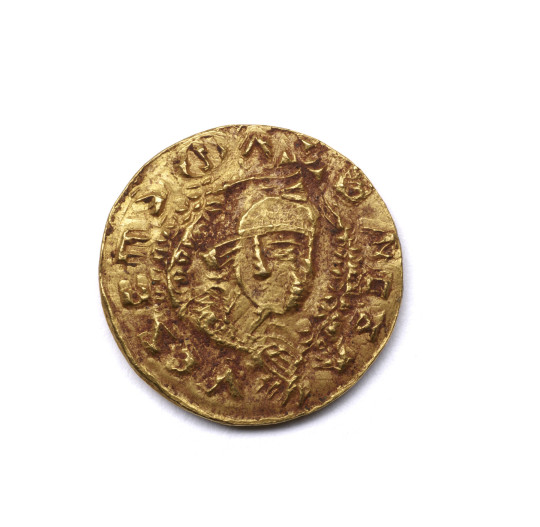
Gold coin, Kingdom of Axum (Ethiopia), 2nd-7th century AD
from The Walters Art Museum
176 notes
·
View notes
Text
TAYTU BETUL // EMPRESS OF ETHIOPIA
“She was Empress of Ethiopia from 1889 to 1913 and the third wife of Emperor Menelik II. An influential figure in anti-colonial resistance during the late 19th century Scramble for Africa, she, along with her husband, founded the modern Ethiopian capital Addis Ababa in 1886.”

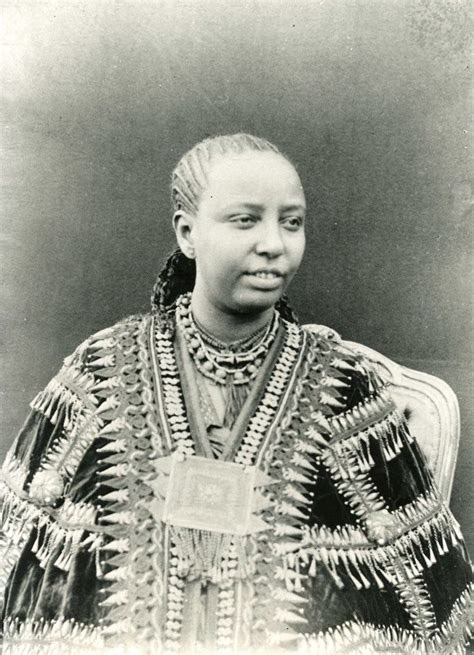
0 notes
Text
Irreecha Festival: A Celebration of Thanks and New Beginnings in Oromia, Ethiopia
The Irreecha festival is a spectacular Thanksgiving celebration deeply rooted in the rich culture of the Oromo people in the Oromia Region, Ethiopia. This joyous event marks the end of the dark and rainy winter season, welcoming the new season of Birraa, or Spring, with an abundance of gratitude and hope. As the Oromo people gather at sacred lakes like Hora Finfinne and Hora Harsadi in Bishoftu,…

View On WordPress
#African History#East African#east african history#Ethiopia history#Ethiopian history#Irreecha#Irreecha festival#oromia region#Oromo people
0 notes
Text

Taytu Betul (1851 – 11 February 1918) was Empress of Ethiopia from 1889 to 1913 and the third wife of Emperor Menelik II. An influential figure in anti-colonial resistance during the late 19th-century Scramble for Africa, she, along with her husband, founded the modern Ethiopian capital Addis Ababa in 1886.
#Taytu Betul#women in history#african history#ethiopian history#Empire of Ethiopia#xix century#xx century#people#portrait#illustration#art#arte
3 notes
·
View notes



